Nargis bulbs or Narcissus Flower Bulb (Pack of 5) White with yellow
₹125.00
Out of stock
Email when stock available
SKU: nargis5
Category: Winter Bulbs
Steps:
- Nargis bulbs Purchase Quality Bulbs:
- Choose healthy and firm Nargis daffodil bulbs. Look for bulbs that are free from soft spots, mold, or any signs of disease.
- Nargis bulbs Selecting Planting Location:
- Choose a location with well-draining soil and where the daffodils will receive at least partial sunlight. Daffodils can tolerate a range of soil types but prefer slightly acidic to neutral soil.
- Planting Time:
- Plant Nargis daffodil bulbs in the fall, preferably a few weeks before the first hard frost. This allows the bulbs to establish roots before winter.
- Preparing the Soil:
- If the soil is heavy or poorly draining, mix in organic matter such as compost to improve drainage. Daffodils prefer well-draining soil to prevent bulb rot.
- Planting Depth:
- Plant the bulbs at a depth of about 6 inches (15 cm) and space them 4-6 inches (10-15 cm) apart. If planting in containers, ensure there’s enough space for bulbs to grow and proper drainage.
- Positioning Bulbs:
- Place the pointed end of the bulb facing upwards. Press the bulbs into the soil, and cover them with soil, gently patting it down to remove air pockets.
- Watering:
- Water the newly planted bulbs thoroughly to settle the soil. Keep the soil consistently moist, especially during the growing season. Daffodils generally don’t require excessive watering once established.
- Mulching (Optional):
- Applying a layer of mulch around the planted area helps conserve moisture, suppress weeds, and insulate the soil during winter. Use a layer of organic mulch, such as straw or wood chips.
- Fertilizing (Optional):
- If the soil lacks nutrients, you can apply a balanced fertilizer in early spring as the shoots emerge. Follow the package instructions for the specific fertilizer you’re using.
- Caring for Established Plants:
- Once the Nargis daffodils have bloomed and the foliage has turned yellow, you can remove the spent flowers but leave the foliage to wither naturally. This allows the bulbs to store energy for the next growing season.
- Dividing Bulbs (Optional):
- Every few years, you may consider dividing and replanting the bulbs. This helps rejuvenate the planting area and promotes healthier blooms.
- Protection from Pests and Diseases:
- Daffodils are generally resistant to pests and diseases. However, you should monitor for signs of bulb rot or damage from animals. Applying a layer of mulch and providing proper drainage can help prevent some issues.
Be the first to review “Nargis bulbs or Narcissus Flower Bulb (Pack of 5) White with yellow” Cancel reply
You must be logged in to post a review.
Related products
₹349.00
Rated 4.00 out of 5
₹99.00
Rated 5.00 out of 5
₹299.00
Sale!
Rated 3.80 out of 5




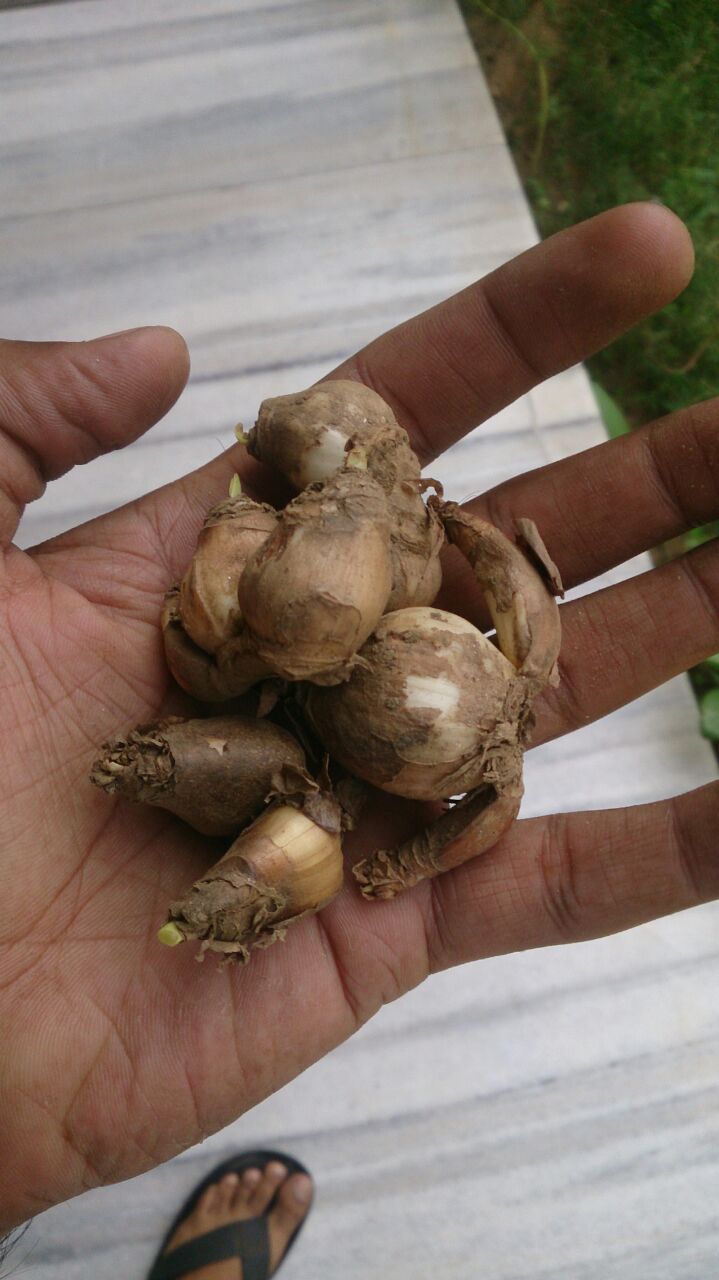
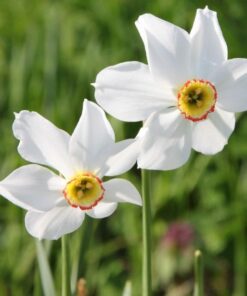



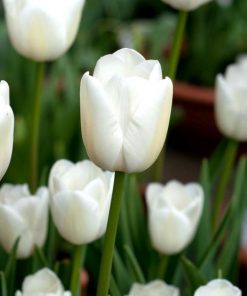

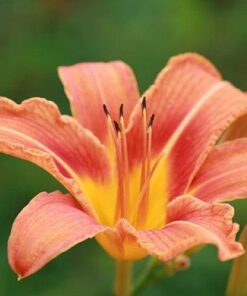
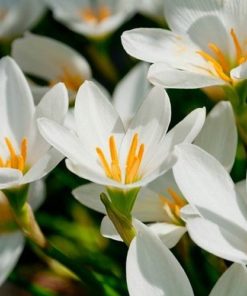

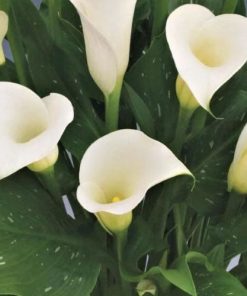
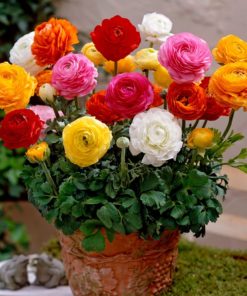

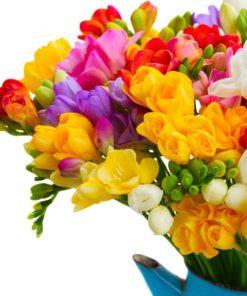
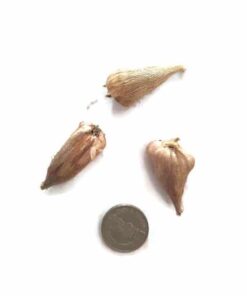
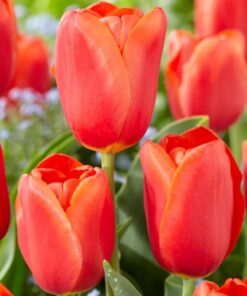
Reviews
There are no reviews yet.